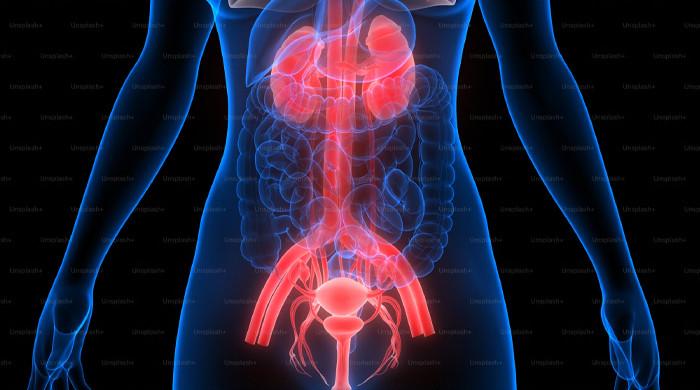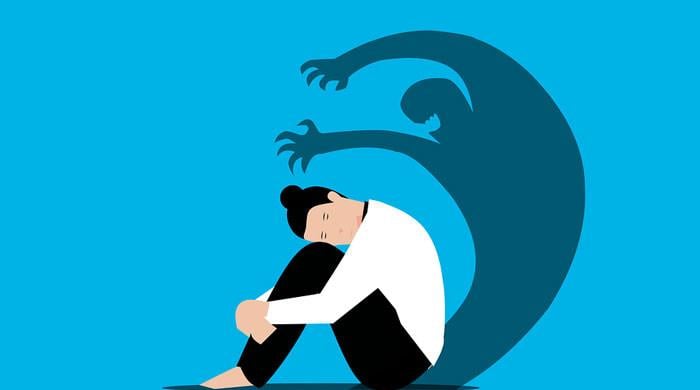Stroke in men: Risk factors, prevention and more
Signs of a stroke can be as minor as an everyday headache which is why men should keep an eye out for risk factors
January 09, 2024

A medical condition as serious as a stroke is a constituent of your routine habits which lead you towards an unhealthy lifestyle.
A stroke, also known as a “brain attack,” occurs when blood flow to an area of the brain gets disrupted or when a blood vessel in the brain ruptures which causes an absence of oxygen in brain cells.
While it is a common condition among females, men tend to have it at a younger age which makes it a leading cause of death for them.
Besides being fatal, stroke is also a leading cause of long-term disability in men under the age of 44.
The medical condition can be mediated if the patient gets treated within the first 3 hours after the symptoms show up as delay in treatment can cause permanent brain damage, leading to death.
Risk factors of stroke:
Here are a few risk factors to look out for:
1. Hypertension:
Commonly known as high blood pressure, around 50.4% of men suffer from BP equal to 130/80 mm Hg.
According to the Centers for Disease Control and Prevention, four out of 5 men with high blood pressure do not have their blood pressure controlled.
2. Smoking:
As men are more likely to be smokers than women are, smoking can cause severe damage to blood vessels.
It also doubles the risk of a stroke because tobacco smoke contains 4000 toxic chemicals that are absorbed into the bloodstream, ultimately damaging blood vessels.
3. Obesity & Overweight:
Directly linked with high blood pressure, being overweight falls under the list of top ten risk factors for stroke.
According to the World Stroke Organisation, being overweight increases your chances of stroke by 22%. If you are obese, the risk increases by 64%.
4. Not enough physical activity:
Laziness leads to fat material building up in your arteries and eventually clogging them. When the blood doesn’t get enough room to flow, it can lead to a heart attack.
If this happens in the arteries that carry blood to your brain it can lead to a stroke.
Signs of a stroke:
To keep an eye out for any danger, here are a few obvious signs that indicate the forthcoming of a stroke.
• Numbness or weakness, especially on one side in your arm, leg, or face
• Difficulty in understanding others
• Having trouble speaking
• Difficulty using one or both eyes to see.
• Losing balance while walking
• Lightheadedness
• Severe headaches out of nowhere.
How can you avoid a stroke?
To avoid stroke from taking your life or a loved one’s, one should be aware of the preventive measures they should take.
Here’s how you can prevent a stroke:
1. Low blood pressure:
As hypertension can double your stroke risk, moderating your blood pressure should be step no.1. In order to ensure good vascular health, the goal should be to maintain a blood pressure of less than 120/80.
2. Healthy diet:
Being overweight can be a huge contributor to stroke. Depending on your activity level and BMI, Harvard Health suggests an individual maintain 1,500 to 2,000 calories per day.
3. Quit smoking:
As smoking increases clot formation, it ends up thickening your blood and coagulation of arteries.
Doctors generally recommend smokers use nicotine patches or pills to switch to a tobacco-free lifestyle.
4. Exercise:
Getting out of a slump can be super important to lose weight and lower blood pressure as these two can be leading factors behind a stroke.
The habit of exercising, which is known to be “an independent stroke reducer,” can be initiated with a simple walk alone.









